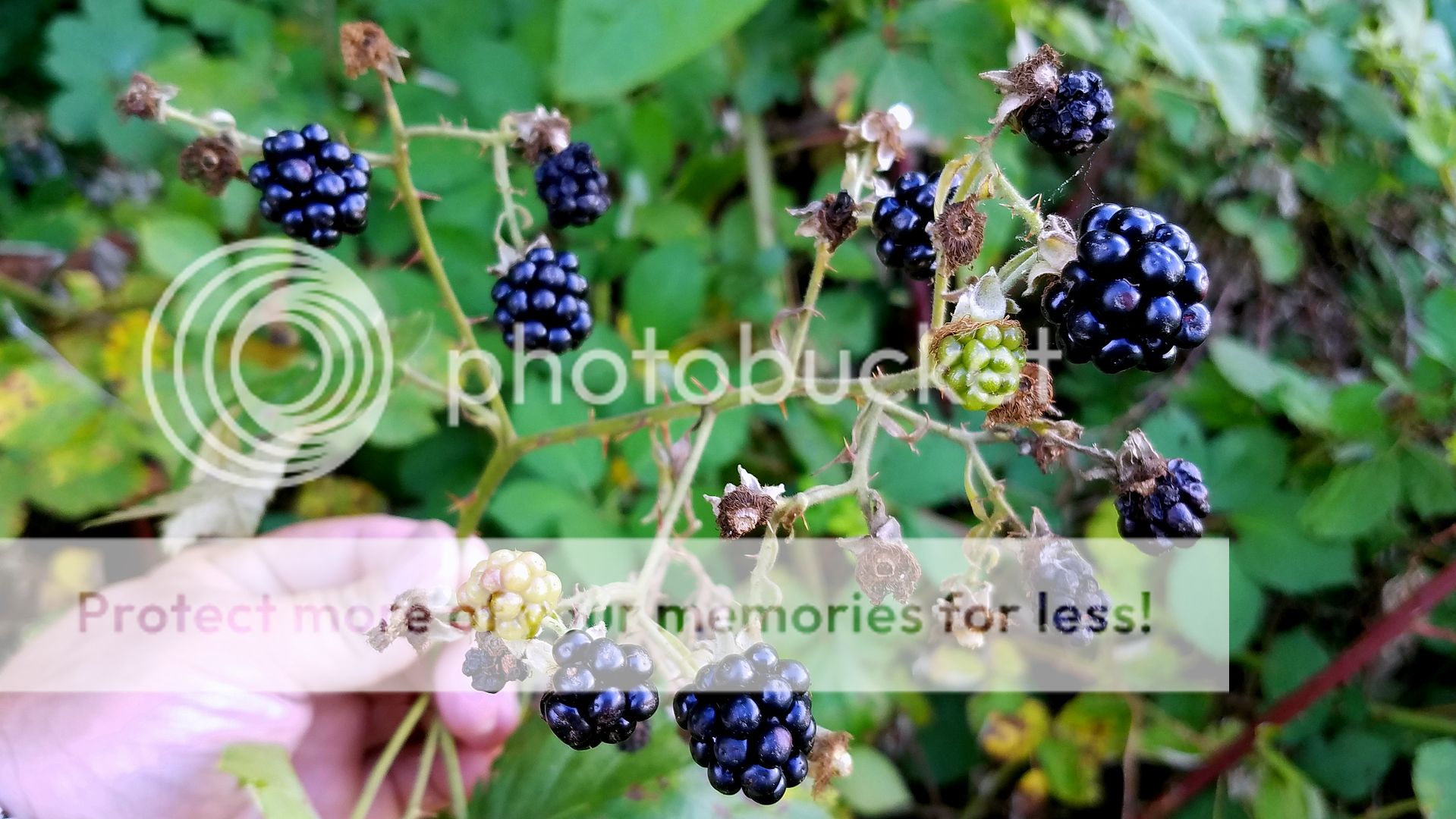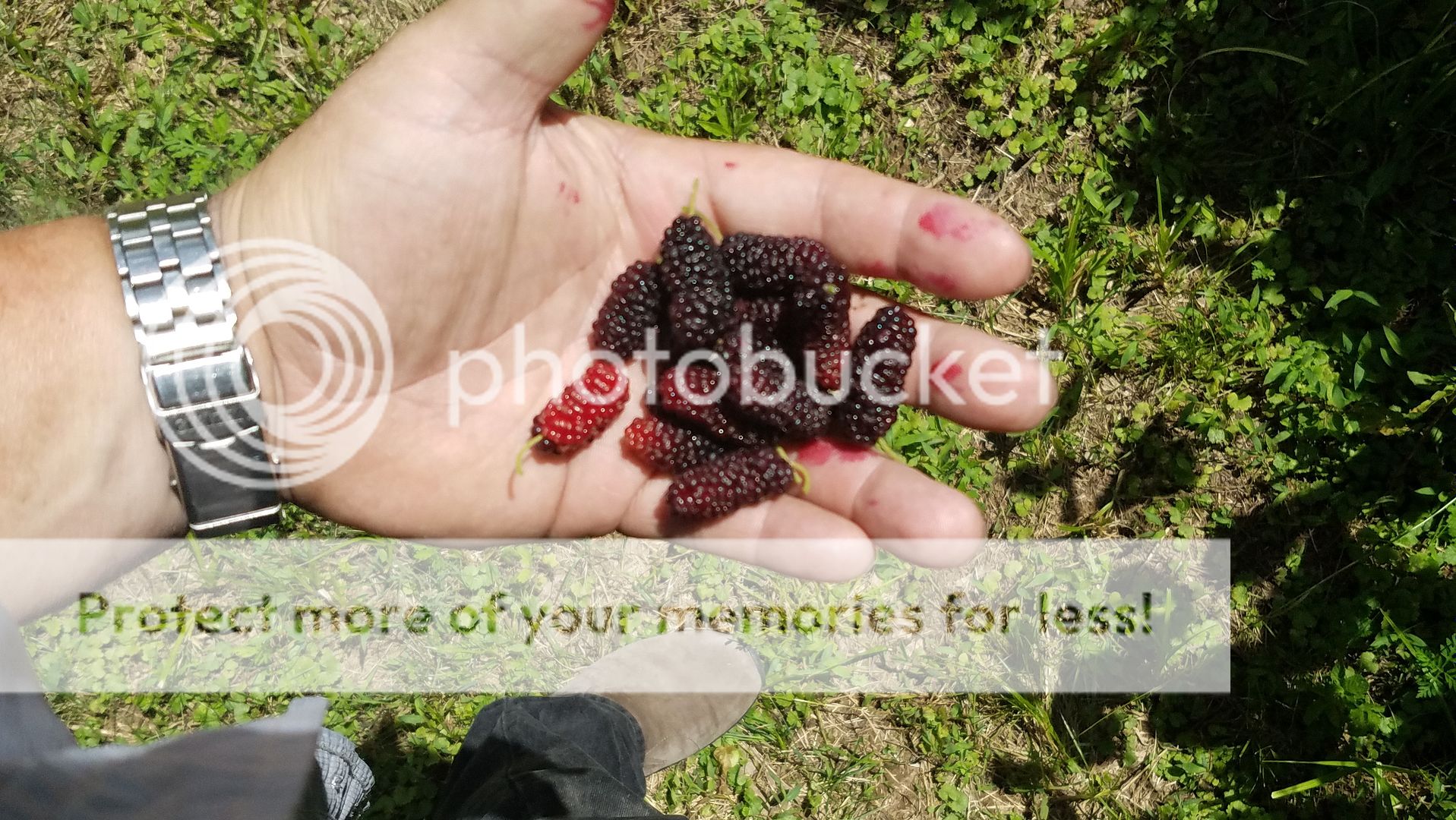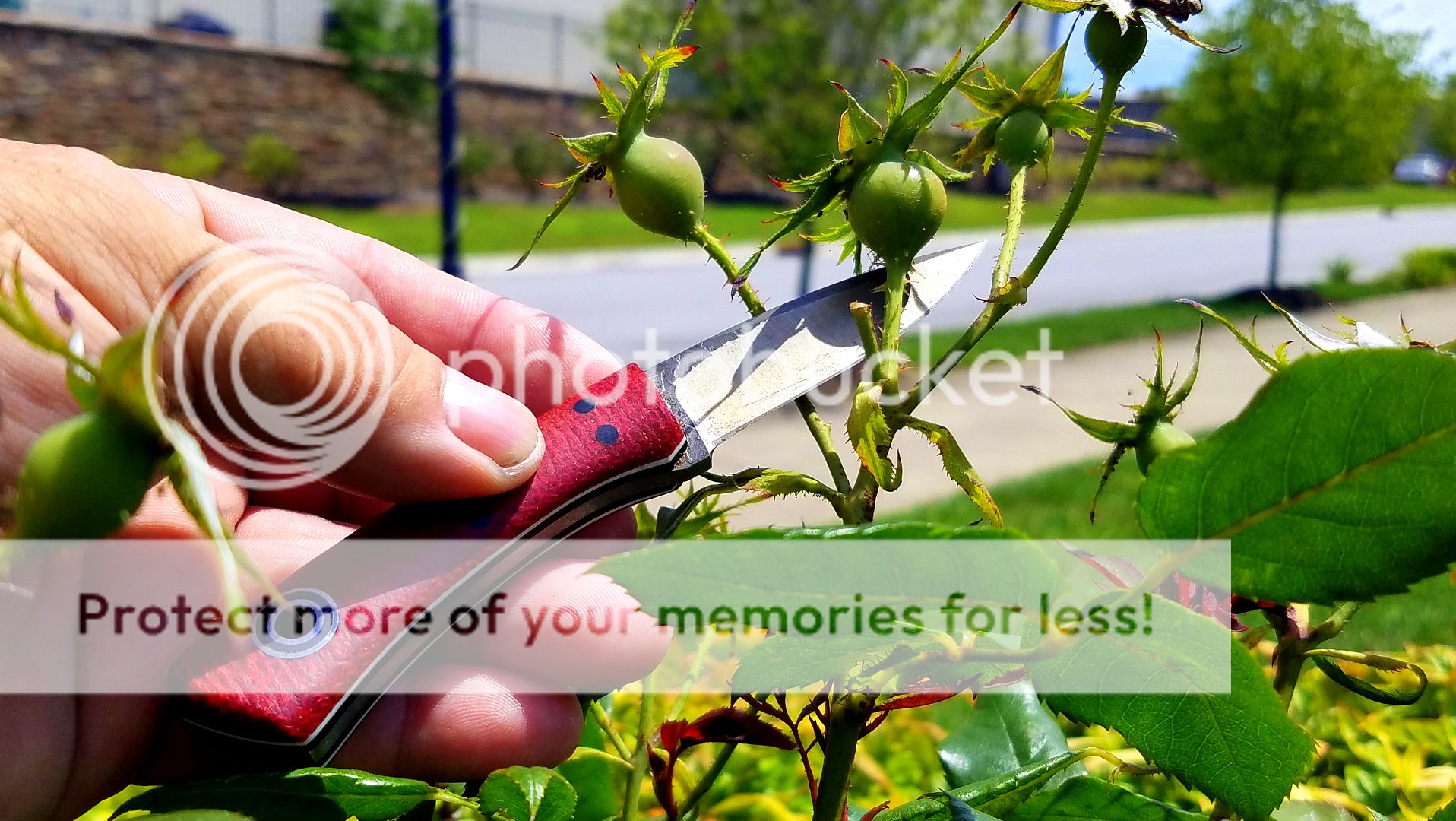Mistwalker
Gold Member
- Joined
- Dec 22, 2007
- Messages
- 19,017
Some of you may still remember some of the discussions I have started here on urban survival methods and techniques over the last dozen or so years. The recent discussion on wild foraging, and some questions sent by private message by people who do remember those posts, inspired me to put together a series of articles on foraging and hunter-gathering in urbanized terrain. This recent piece I did was an intro for that in one of the places where some of my articles are published.
https://fiddlebackforge.com/blogs/articles/urban-foraging
I love munching on wild snacks while wandering the local parks and even some of the back alleys in the city where old home places have deteriorated and fruit trees and wild brambles still grow there in the city, during the summer and autumn months. We have a lot of blackberries, mulberries, wine raspberries, passion fruit, and nut trees that grow in this region, even in the inner cities. And sometimes I find oyster mushrooms and hen of the woods in local urban woods. Are any of you guys into urban foraging?
Blackberries in a local park

Mulberries in another park

Rose hips at an a old abandoned business

Ground cherries in another area

And there are different kinds of competition to deal with. Because cities have just as many, if not more, insects to contend with


https://fiddlebackforge.com/blogs/articles/urban-foraging
I love munching on wild snacks while wandering the local parks and even some of the back alleys in the city where old home places have deteriorated and fruit trees and wild brambles still grow there in the city, during the summer and autumn months. We have a lot of blackberries, mulberries, wine raspberries, passion fruit, and nut trees that grow in this region, even in the inner cities. And sometimes I find oyster mushrooms and hen of the woods in local urban woods. Are any of you guys into urban foraging?
Blackberries in a local park

Mulberries in another park

Rose hips at an a old abandoned business

Ground cherries in another area

And there are different kinds of competition to deal with. Because cities have just as many, if not more, insects to contend with


Last edited:
